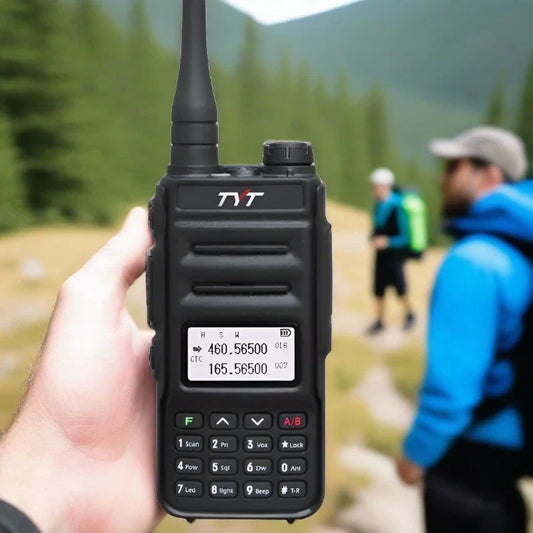Using a mobile ham or CB radio as a base station can be a convenient way to communicate from a fixed location without having to purchase dedicated equipment. However, there are several important considerations to keep in mind when setting up a mobile radio as a base station.
Power Supply Considerations: A mobile radio typically runs off a 12-volt DC power supply, which is provided by the car battery when the vehicle is running. To use the radio as a base station, you will need to provide a stable power supply. This can be done in several ways:
-
Use a dedicated power supply: A dedicated power supply is a device that plugs into a standard AC outlet and converts the AC power to DC power at the appropriate voltage and amperage. These power supplies are specifically designed for radio equipment and provide a stable and reliable source of power.
-
Use a battery: A battery, such as a deep cycle marine battery, can be used to power the radio. This can be a good option if you want to use the radio in a location where there is no AC power available.
Antenna Considerations: The antenna is one of the most important components of any radio system, and it is no different when using a mobile radio as a base station. Here are some important antenna considerations to keep in mind:
-
Choose an appropriate antenna: The type of antenna you choose will depend on the frequency band you plan to operate on and the distance you want to communicate. For CB radios, a vertical antenna that is at least 18 feet long is recommended for best performance. For ham radios, a long wire antenna that is at least a quarter-wave or a half-wave long for the frequency you're using can be very effective. Additionally, a directional antenna like a Yagi can further increase the range and reduce interference.
-
Mount the antenna properly: The antenna should be mounted as high as possible and in a location that provides a clear line of sight to other stations. The antenna should be grounded properly to protect against lightning strikes and static buildup.
-
Use a coaxial cable: A high-quality coaxial cable with low signal loss will help to ensure that more of the signal generated by your radio reaches the antenna. Make sure to use a cable that is properly rated for the frequency you're using and that is not too long, as longer cables can lead to signal loss.
-
Use an antenna tuner: An antenna tuner can be used to match the impedance of the antenna to the radio's output impedance, which can help to ensure maximum power transfer and reduce signal loss.
In conclusion, using a mobile ham or CB radio as a base station can be a cost-effective way to communicate from a fixed location. However, it is important to provide a stable power supply and use an appropriate antenna to ensure reliable communication. By following these guidelines, you can set up a mobile radio as a base station and enjoy clear and reliable communication with other stations.









